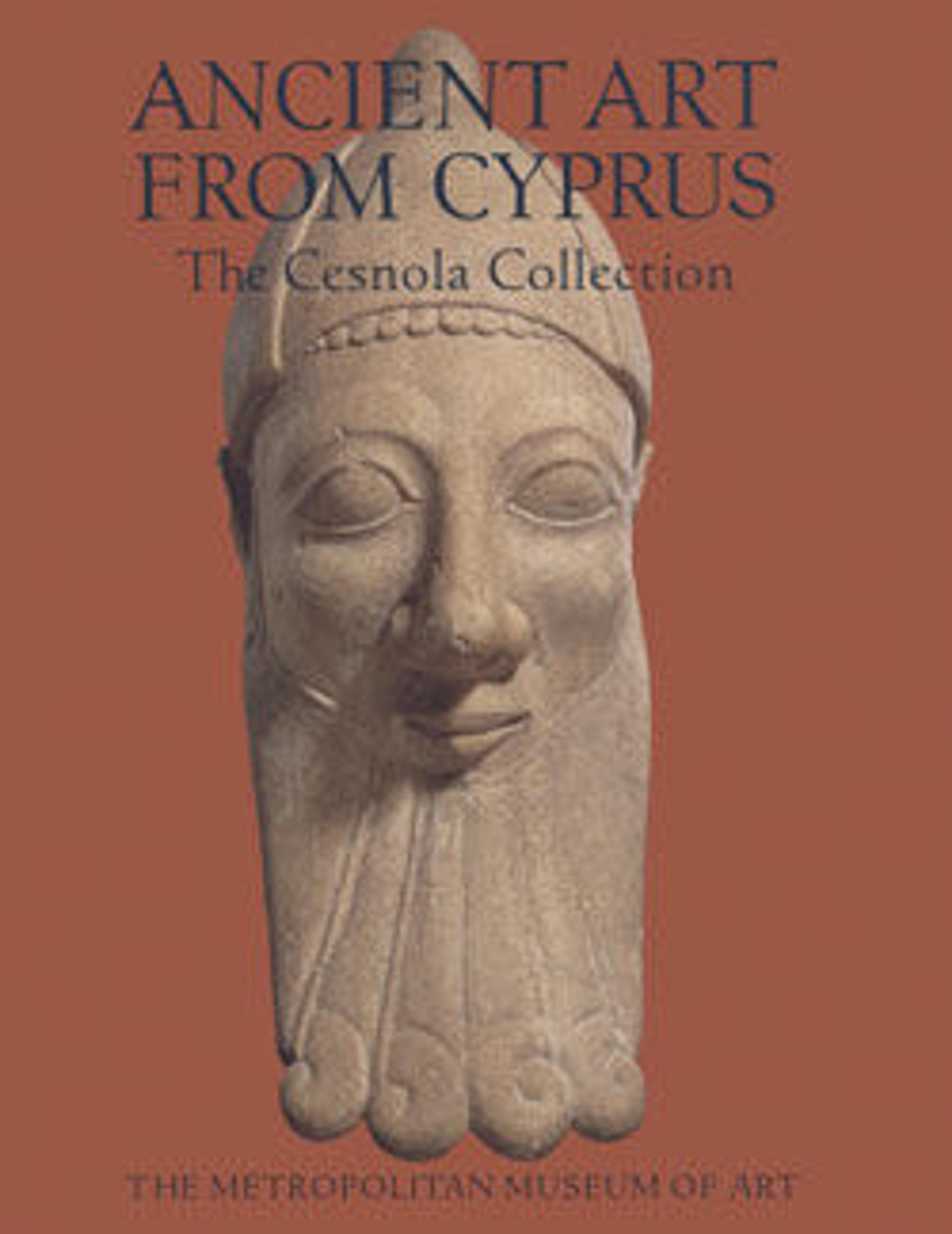Terracotta trick vase
The vase has the head of a woman and, at its widest point, the muzzle of a bull with a projecting spout for its nose. The container was filled through the foot, which is open, and emptied through the spout. Zoomorphic and anthropomorphic vases had been made on Cyprus since the second millennium B.C. During the Archaic period, vases were often given female attributes. Such works usually occur in tombs but they may first have been used as ritual vessels in sanctuaries.
Artwork Details
- Title: Terracotta trick vase
- Period: Cypro-Archaic I
- Date: ca. 750–600 BCE
- Culture: Cypriot
- Medium: Terracotta
- Dimensions: 9 13/16 × 8 1/4 × 5 1/2 in. (24.9 × 21 × 14 cm)
- Classification: Vases
- Credit Line: The Cesnola Collection, Purchased by subscription, 1874–76
- Object Number: 74.51.564
- Curatorial Department: Greek and Roman Art
More Artwork
Research Resources
The Met provides unparalleled resources for research and welcomes an international community of students and scholars. The Met's Open Access API is where creators and researchers can connect to the The Met collection. Open Access data and public domain images are available for unrestricted commercial and noncommercial use without permission or fee.
To request images under copyright and other restrictions, please use this Image Request form.
Feedback
We continue to research and examine historical and cultural context for objects in The Met collection. If you have comments or questions about this object record, please complete and submit this form. The Museum looks forward to receiving your comments.
